Disclosing Climate Change-related Financial Information under the TCFD Recommendations
<Climate-related Governance System>
Based on the fundamental recognition that addressing various sustainability-related issues is an important management issue that will lead to medium- and long-term improvements in corporate value, OTC will actively address various sustainability-related issues through its business activities and contribute to the realisation of a sustainable society.
The Sustainability Committee and its Environment and Technology Subcommittee have been established as a dedicated body to deal with issues related to climate-related risks and opportunities, to conduct strategic studies on climate change, and to investigate and respond to climate-related risks and opportunities across the company.
The Environment and Technology Subcommittee reports the results of its studies and activities to the Board of Directors through the Sustainability Committee (chaired by President Yasuaki Sugizaki), which receives supervision and guidance from the Board of Directors.

<Climate Change-related Risks and Opportunities>
Climate-related risks
In the future, the introduction of carbon pricing and other increasing environmental regulations related to climate change may have a significant impact on OTC's performance and financial position. In addition, damage from floods and typhoons has tended to increase in recent years and an increase in climate-related disasters could lead to lower production volumes and supply chain disruptions.
Climate-related opportunities
Demand for products and services with low CO2 emissions is increasing against a backdrop of growing international interest in climate-related issues, and demand for titanium, with its superior corrosion resistance, is expected to grow in the medium to long term.
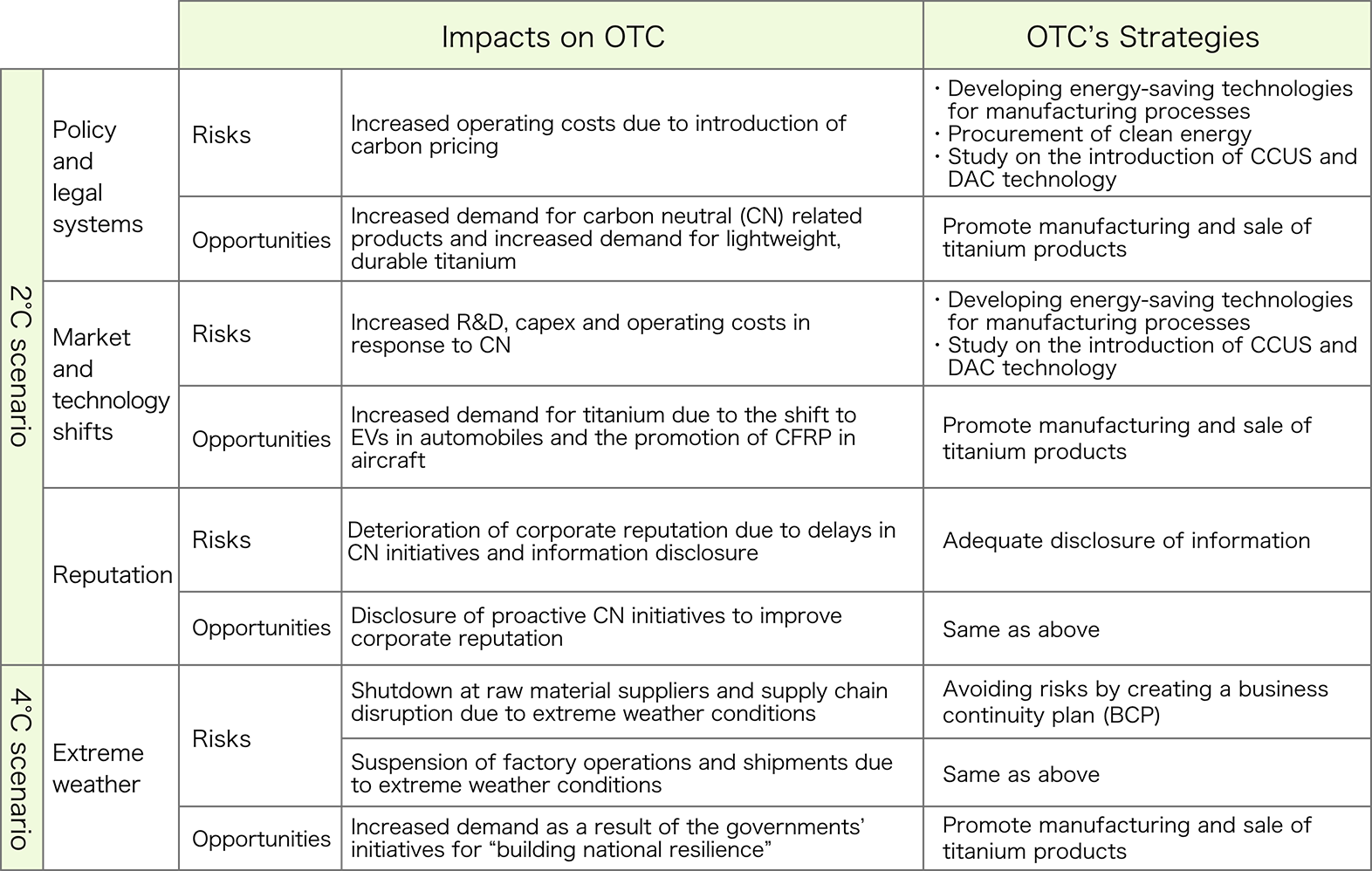
<Responses to Risks and Opportunities>
OTC consumes a lot of electricity and LNG, and saving energy in the production process is the most effective way to reduce CO2 emissions. OTC is helping to reduce CO2 emissions not only by developing energy-saving technologies, but also by increasing solar power generation, switching to LED lighting, greening our facilities and engaging in everyday energy-saving initiatives.
As part of this, in January 2023, all electricity at the Kishiwada Works and the Tokyo Office was switched to green electricity. In addition, the solar power generation facilities at the Kishiwada Works (500 kW) were expanded in May 2023.
For details of carbon neutrality, please see "Efforts to Achieve Carbon Neutrality by 2030 and 2050."
Electricity is reduced by using energy-saving lighting.
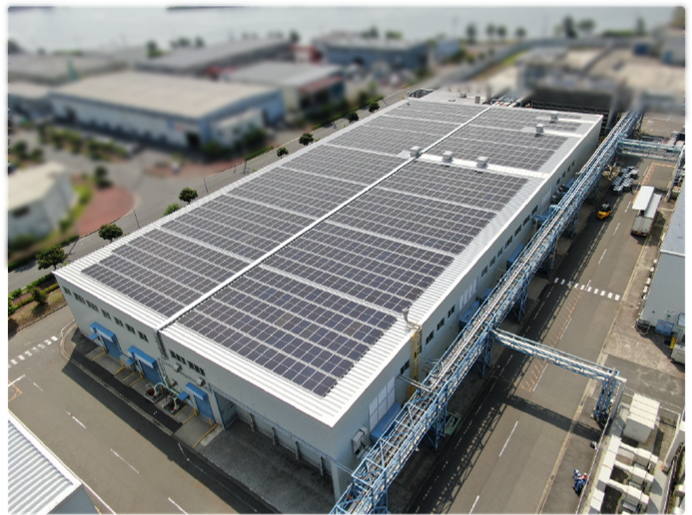
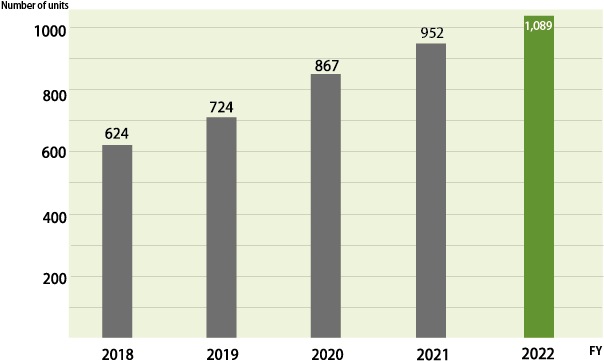
Greening



<Climate Change-related Indicator and Goal>
Indicator: CO2 emissions
In addition to the energy-derived CO2 emissions generated during our manufacturing processes (Scope 1*1 , Scope 2*2 ), CO2 emissions in the value chain (Scope 3*3 ) are calculated based on GHG protocols.
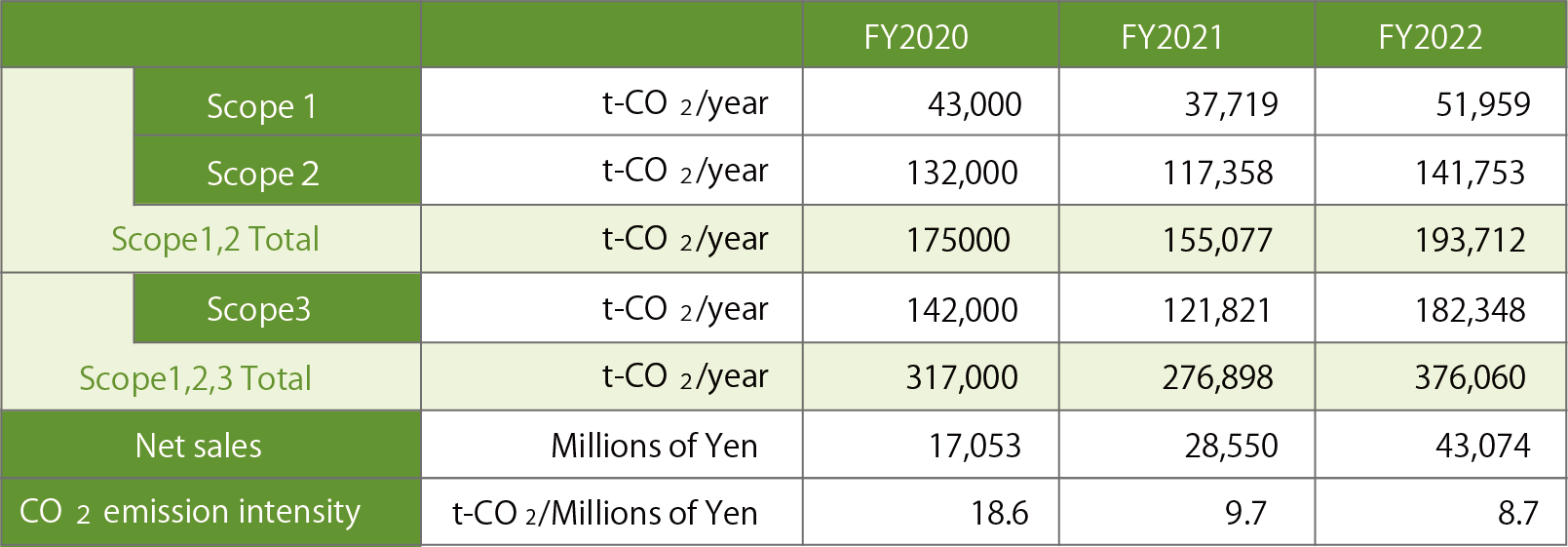
CO2 emissions for FY2020 were estimated by OTC.
CO2 emissions for FY2021 and FY2022 are assured by the third-party organisation.
The calculations use emission factors taken from AIST's IDEA Ver. 3.2, the Act on Promotion of Global Warming Countermeasures, and the Ministry of the Environment's database.
Scope3
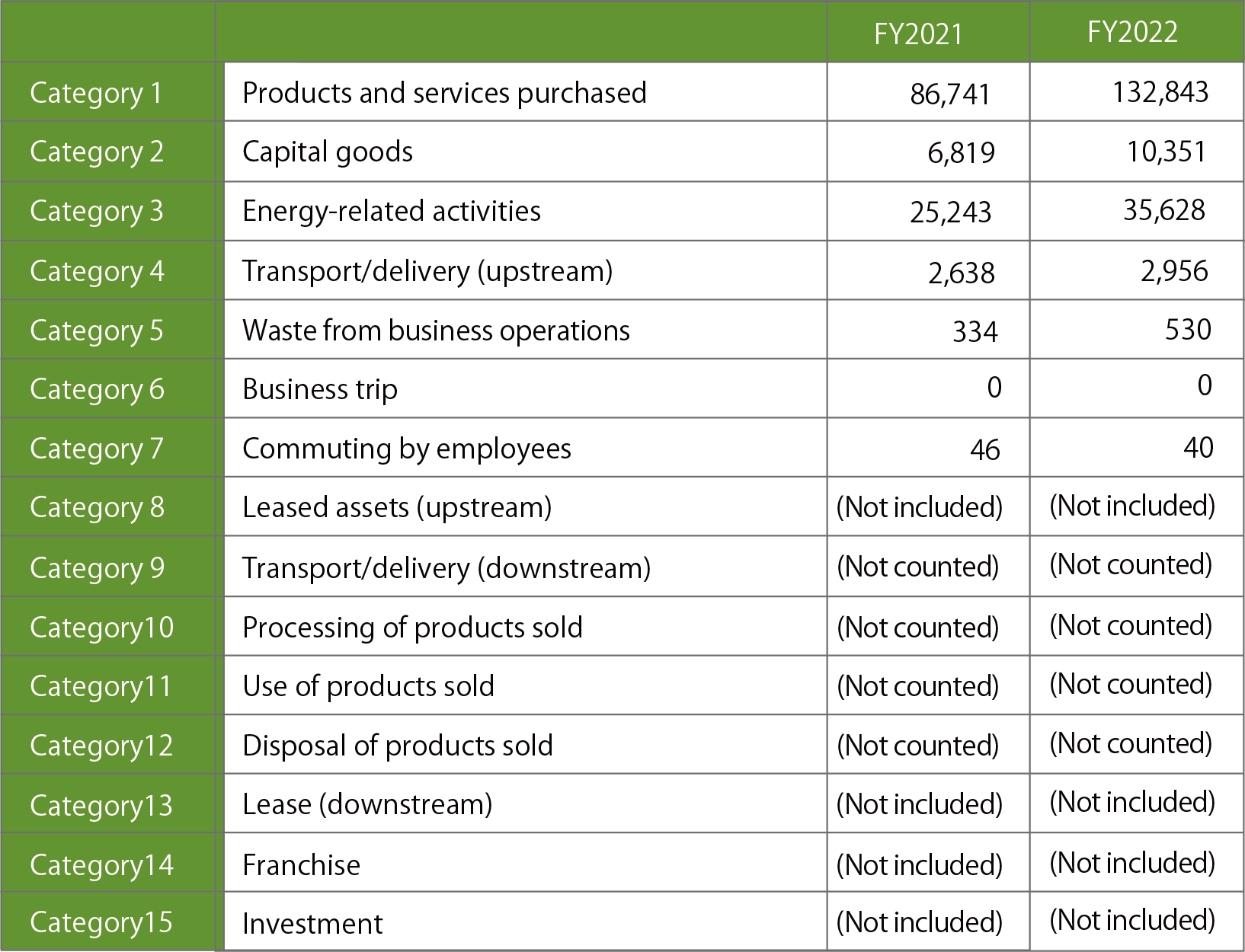
*1 Scope1: Emissions from the use of own fuel (direct emissions) including leaking CFCs
*2 Scope2: Emissions from the use of energy produced by other companies (indirect emissions)
*3 Scope3: Other indirect emissions corresponding to OTC's own supply chains
Goal: Contributing to achieve carbon neutrality by 2050
OTC will promote multifaceted activities to achieve carbon neutrality, enhance corporate value and contribute to the realisation of a "green society."
2050 Goal: OTC takes on the challenge of becoming carbon neutral in 2050. 2030 Goal: The aim is to achieve a 46% reduction in FY2030 compared to FY2013.
